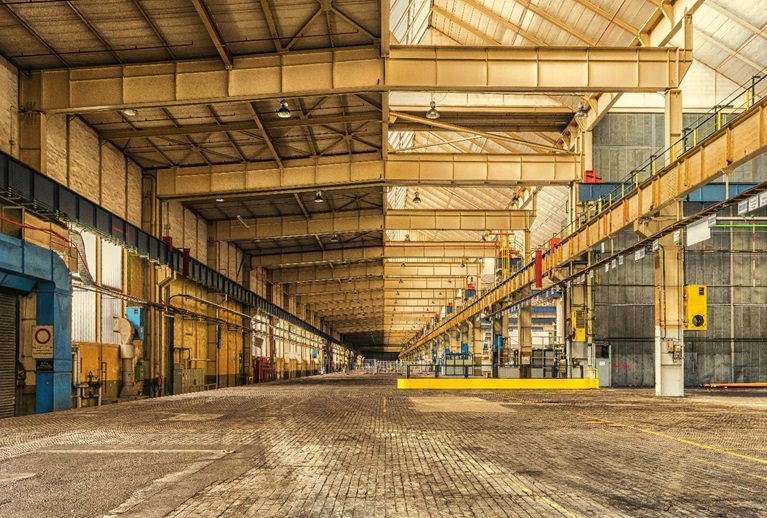Key Processes of Warehousing

Warehouses are essential for businesses that buy and sell, ship, and make goods. You can track all your products and ensure your customers get their orders on time by putting them in one place. Having everything in one spot can save money and help you get more done. For the best outcomes, you can understand the best warehousing process in India.
Let’s look at what warehousing can do for your inventory process.
Complete your orders quickly:
With the best warehousing process in India, you can store, ship, and deliver your goods from the same place. This makes it easy to keep track of and organise your stock. It can also lower transportation costs, give you more freedom, and help you hire fewer staff.
Make your business better:
Having a warehouse means that your products can be delivered and distributed on time, which increases labour productivity and customer satisfaction? Warehouses help reduce mistakes, damage to your goods, and the risk of them getting lost or stolen during order fulfilment. This enables you to get your goods to your customers on time and raises their opinion of your brand.
Cuts down on the risk to your products:
The warehousing process is insured, which means that if your goods are damaged or stolen, you will get money to help you buy more. Keeping goods in a warehouse with temperature control keeps them from going bad and stops them from changing colour or texture for the worse.
What kinds of processes are a part of warehousing?
The exact process of warehousing depends on the size, the warehouse type and storage, the company’s culture, the product’s temperature, any legal requirements, and the number of goods moving through the facility. But there are five key things that every warehouse operation does. They are: receiving, putting away, picking, packing, shipping, and putting away.
Receiving:
One of the most important steps in warehousing is receiving. It involves a lot of work, and if something goes wrong at this step, it can affect the whole operation. First, the packing slip from the supplier is compared to the goods sent. Then the goods are checked to see if they are broken. If there is any physical damage, all the goods in the shipment are carefully checked. After being checked, the goods go to the area where they are put away.
Putaway:
When goods are put away, they are moved from the receiving area to where they will be stored. In this step, you must determine how much space and resources each item needs. Usually, goods that are similar to each other are kept together so that they are easy to find and pass out. The people in charge of putting things away make sure that the right place to store them has been found and put the goods in their assigned slots before confirming that the process is done.
Picking:
Picking means gathering items based on a customer’s order before sending them out. Selection takes a lot of time, money, and people. Usually, 60% or more of the warehouse staff is needed. This means that it greatly affects how productive your supply chain is.
Packing:
During packing, all items on a sales order are assembled and ready to ship. This process involves putting the items in the right container, weighing the packed order, printing the proper labels, and choosing the right courier service.
Shipping:
Shipping is sending your orders to the customers who ordered them. The shipped goods are packed early so that the staging areas don’t get too crowded, which would cause deliveries to be late and cause chaos. The process works with the times that the carriers pick up.
Keys to a successful warehouse:
Find the warehouse’s weaknesses and places where it could be improved:
How can you improve the way your warehouse works? Look at the notes for your current operation to figure out how to improve it. Find the most important areas to improve.
You might need to improve your building to store specific products. Look at your warehouse’s facilities, how it works, and the tools it uses. Look for the most effective and useful ways to fix any problems in your operation.
Find other ways to solve the problem:
If things aren’t going well, devise new ways to solve the problems. Consider improving your warehouse’s building, equipment, and staffing. Find any way you can to fix problems with how things are done.
Final Thoughts:
The warehousing process is complicated, and each step needs to be done well for your organisation. If you have a good workflow set up for your warehouse, your logistics will run smoothly, which will be good for your business.
Because of things like the rise of e-commerce, globalisation, and the trend of outsourcing warehouse services, these significant changes in the market are opportunities you can take advantage of if you act quickly to improve how your warehouse works. This article should have helped you understand what each process is meant to do.